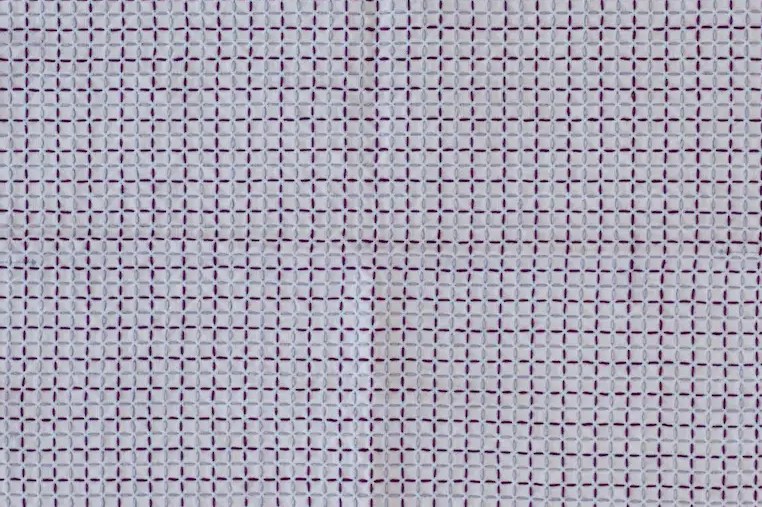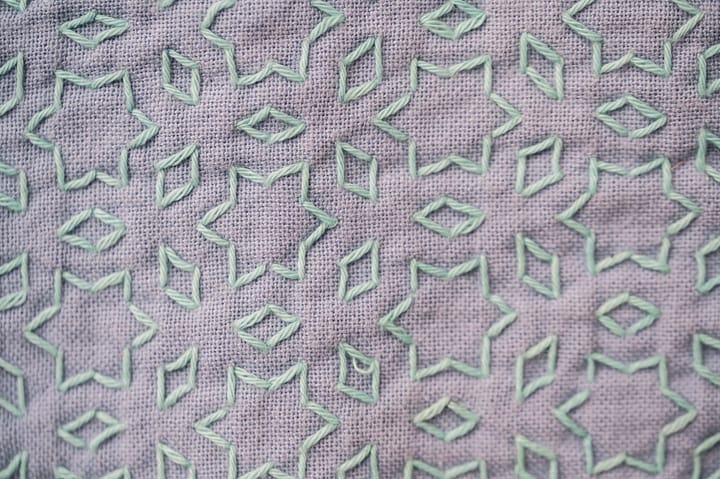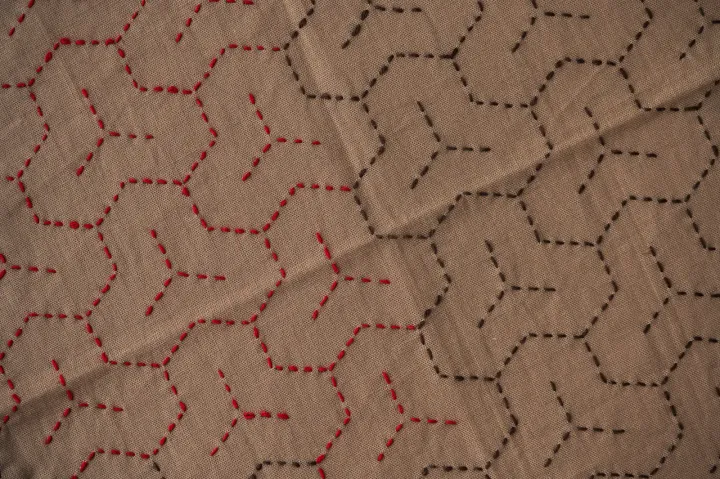Sashiko Pattern Puzzle
A modern sashiko stitching pattern that is suitable for beginners. | Sashiko Pattern
You may have guessed it already, but the puzzle pattern is a rather new addition to the vast directory of sashiko stitching patterns and belongs to moyōzashi 模様刺し.
In recent years, sashiko has seen a huge rise in popularity in Japan, with a lot of new books being published. Many of these books feature modern designs that are playful and artsy.
Especially common are books that concentrate on hanafukin 花布巾, traditional kitchen cloths that were part of a bride's dowry. They were usually stitched by the bride herself and were a means of showing off the bride's handicraft skills.
Puzzles as presents
Though I have never witnessed a puzzle being handed over as a present, I have been told that puzzles have a pleasant connotation. In this context, puzzles represent strong bonds as well as "peace" because a puzzle is made up of "piece(s)."
Presents are a very important part of the Japanese culture and handing over the wrong present may result in an abrupt ending of a relationship (but foreigners are oftentimes forgiven).
As the puzzle pattern is rather new, there is no handed-down deeper meaning. Feel free to attribute your very own meaning to this pattern.
If you like this pattern, there's a good chance that you'll like the digital numbers pattern, too.
Puzzle pattern stitching directions
Like most sashiko patterns, this pattern avoids overlapping stitches where lines cross.
The stitch number is always three or five respectively, depending on whether you are stitching a straight line of a puzzle piece or a curve. The regularity of the stitches creates a special sashiko look that differs somewhat from other embroidery styles.
Leave a comment if you have any questions and I'll get back to you as soon as possible.





Comments ()